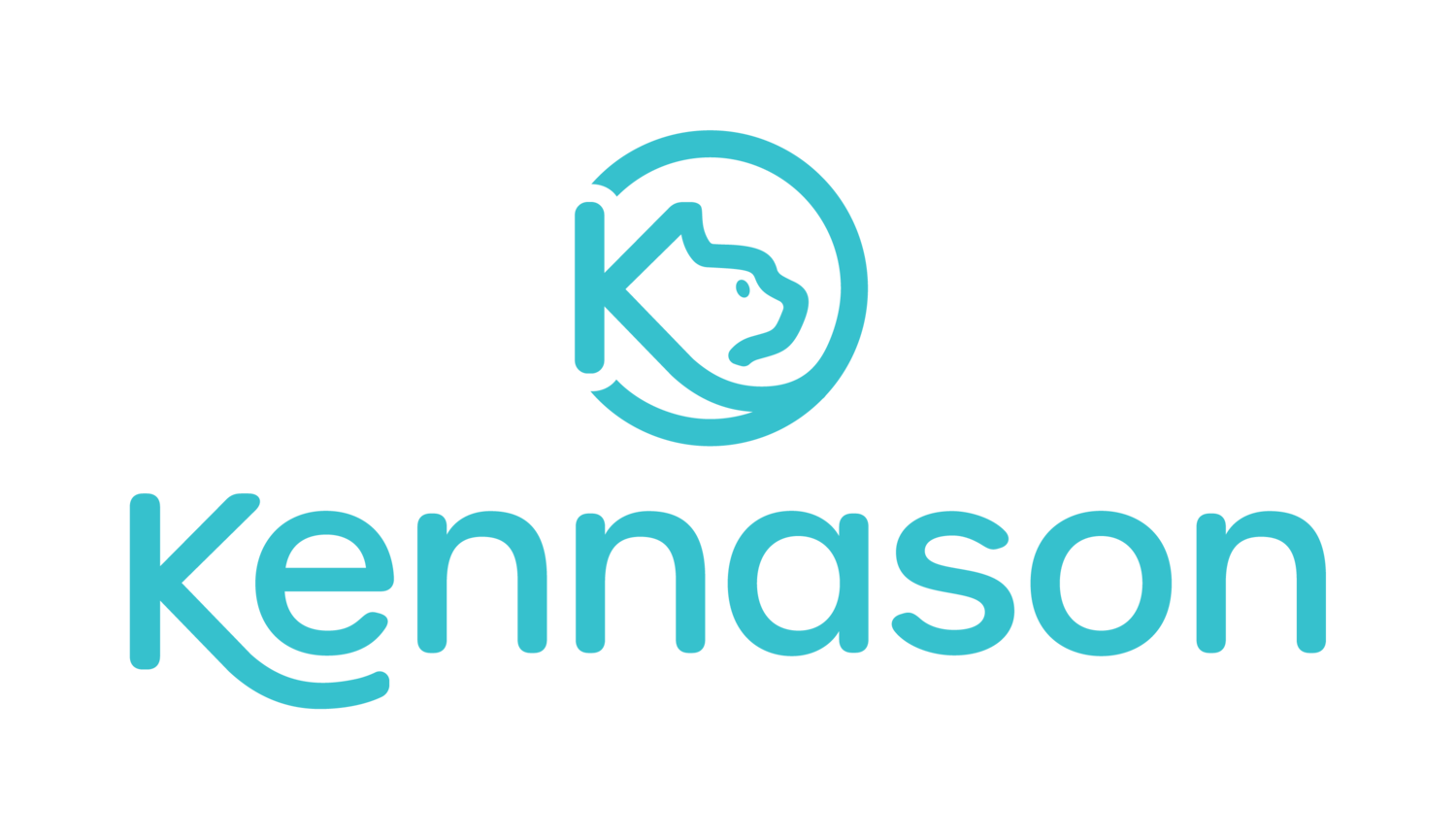Being thoughtful about scheduling research sessions
Tell me if this scenario sounds familiar.
We have a bunch of interviews to complete to get feedback on a prototype, so we block a week and schedule back-to-back sessions, Monday through Friday.
Monday morning feels high-anxiety because of the unknowns, and the packed schedule that awaits us.
Throughout the week, no-shows result in panicked reschedules and backfilling, because there’s no time to waste and next week we have to synthesize our findings. Rescheduled interviews eat into our break time, but we give in.
At the end of each day, we feel totally fried — and hungry, because we’ve mostly just snacked on coffee and almonds during our quick breaks.
By Friday, the sessions feel routine and perfunctory, and it’s hard to remember details about individual people. It’s all a haze. We’re just trying to get through the interviews and check our boxes. Friday night, we crash and can’t imagine socializing. The next Monday, we’ll start untangling our mess of data.
Yikes, right? Why do we do that to ourselves?
I’ve noticed (and experienced) too often that the efficiency scale is tipped toward cramming research sessions together, rather than prioritizing everyone’s wellbeing.
This isn’t great.
Speed is important, sure. There are costs, deadlines, blockers… all of that. But I strongly believe that spreading out sessions doesn’t have to draw out a research project — and in fact, it often enables ongoing analysis and synthesis that saves so much time later. And all of this while keeping researchers more sane, well-rested, and better focused.
Here are some considerations for scheduling research in a more thoughtful, human way than a back-to-back marathon week:
Prioritize what you’ll cover
Be strategic about how you spend time with participants. Conversations that are longer than an hour can be pretty draining for everyone, so keep things targeted.
Is there screener info that fills you in on their background? Can you use other pre- or post-surveys to learn more information? Can you focus on the most important topics and run follow-up research later? Can you cut down on screens or tasks, or rotate them among participants?
Remember, if there’s extra time, you can always add more of the lower-priority stuff, but nobody likes feeling rushed and stressed to squeeze everything in. Participants can feel that energy, too.
Schedule breaks between sessions
A 30-minute buffer is usually great, and make sure there’s an actual lunch break in there. The researcher needs to regroup, grab some food and water (and tea, for me, because my voice fades quickly), respond to urgent messages, upload recordings and save outputs from the previous conversation, and get in the headspace for the next one.
Participants each deserve proper attention and focus — and when sessions are too close together, things start to feel hazy for researchers and notetakers, and the quality of the follow-up questions degrades if you start getting people’s stories confused.
Set a maximum number of sessions per day
Again, too many conversations really wears down a researcher’s ability to pay attention and react quickly during the research, plus it can make us feel pretty worn out during our personal downtime. For one-hour sessions, three per day is typically my upper limit. For more complicated sessions (like focus groups) or for heavier topics, maybe one or two is best.
Schedule daily debrief time
After sessions for that day are wrapped up, debrief individually or as a team to pull out key themes or surprises. Put in some tags or notes, or whatever fits your process. Decide if anything about the next day’s sessions should change, like if questions or activities should be cut or restructured, or if there’s a new line of questioning to follow.
(Note: This one sorta depends on the kind of research, but I’m often flexible about adapting sessions as I go. For less experienced researchers, or for more rigorous studies, it makes sense to stick closer to the script throughout!)
Group similar session types
If there are different types of audiences (e.g., car buyers and car sellers, caregivers and care receivers), group similar sessions together. Switching mindsets can wear us down faster and lead to silly mistakes, like showing the wrong thing to the wrong person. And of course, that doesn’t make participants feel very respected or valued.
Limit observers (or rotate them across sessions)
Many research projects benefit from observers who watch a conversation unfold in real time. For remote research, this means team members or stakeholders listening in and maybe messaging occasional questions to the researcher. Purposely limiting the number observers to just a few helps with researcher efficiency and brain space, and doesn’t eat up too much time for too many people.
The way we’ve always done things doesn’t have to be the default. Being human-centered means treating ourselves and our team well, and giving participants the attention and connection they deserve. Thoughtful scheduling is one way to be more intentional about our processes.


